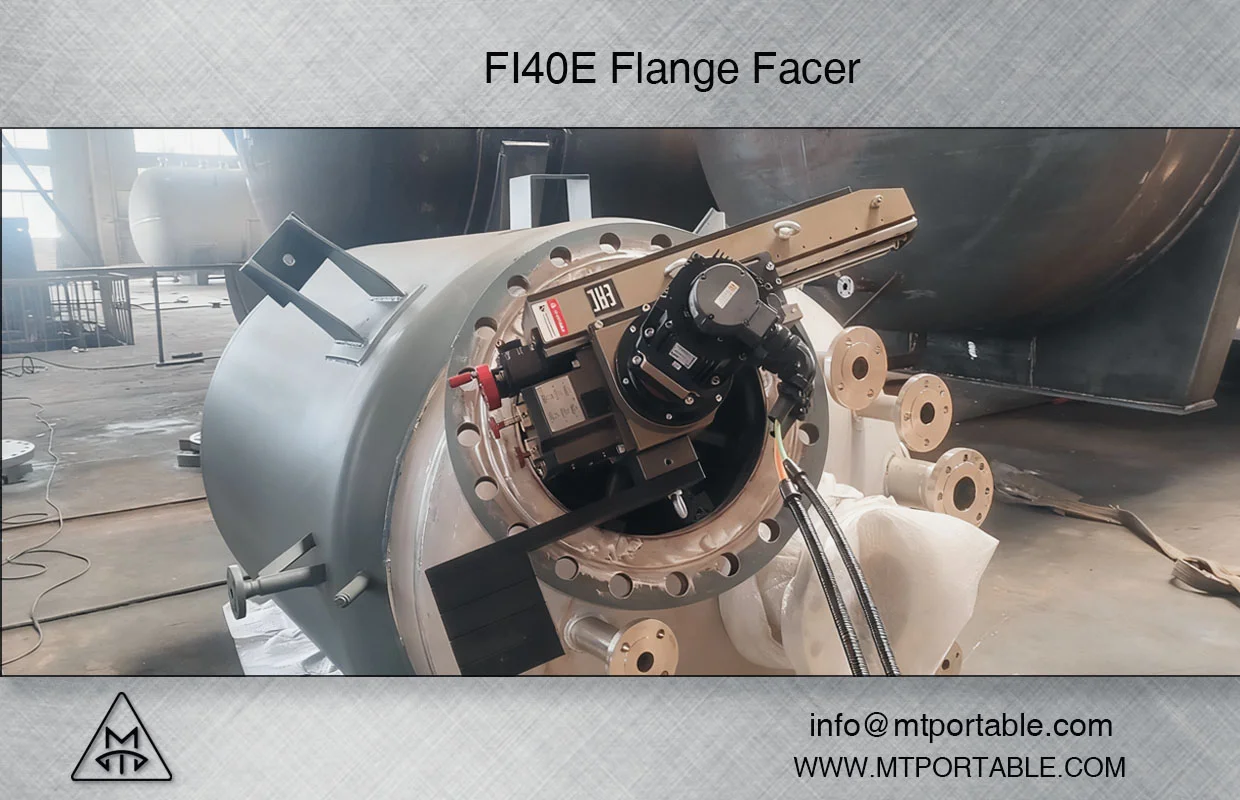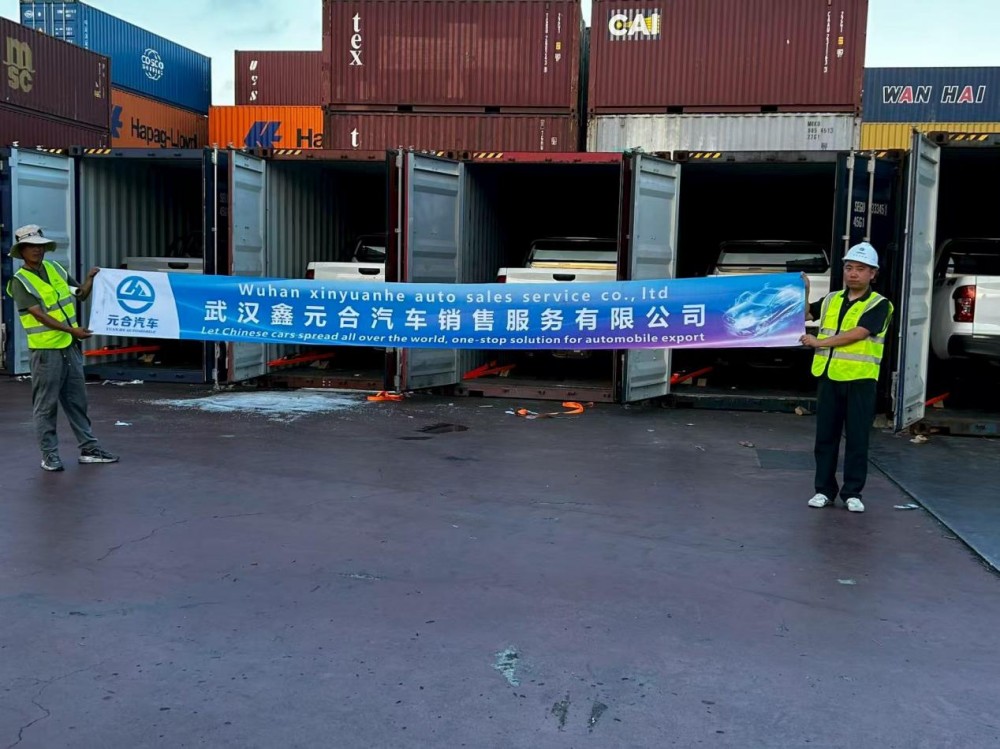In an increasingly interconnected world, the need for efficient and cost-effective long-distance transportation has never been more critical. Whether for personal travel, freight shipping, or logistics management, understanding the various modes of transportation and their associated costs can significantly impact decision-making. This article delves into the intricacies of long-distance transportation, ultimately addressing the question: What is the lowest cost form of long-distance transportation?
Understanding Long-Distance Transportation
Long-distance transportation encompasses various methods used to move goods or passengers over significant distances, typically exceeding 250 miles. The primary modes include:
- Road Transportation: Utilizing trucks and buses, road transport is flexible and widely used for both freight and passenger services.
- Rail Transportation: Trains offer a reliable and efficient means of transporting goods and people over long distances, particularly in regions with established rail networks.
- Air Transportation: While the fastest option, air travel is often the most expensive, making it less viable for budget-conscious travelers or shippers.
- Maritime Transportation: Ships and barges are essential for international shipping, especially for bulk goods, and can be cost-effective over long distances.
- Pipeline Transportation: Primarily used for liquids and gases, pipelines can transport materials over vast distances at a lower cost than other methods.
Cost Analysis of Long-Distance Transportation
To determine the lowest cost form of long-distance transportation, we must analyze the costs associated with each mode, including fixed and variable expenses, fuel efficiency, and capacity.
- Road Transportation
While road transport offers flexibility and door-to-door service, it can be costly due to fuel prices, maintenance, and labor. The cost per mile can vary significantly based on vehicle type and load size. However, for shorter distances or smaller shipments, it remains a competitive option.
- Rail Transportation
Rail transport is often considered one of the most economical options for long-distance freight. The cost per ton-mile is significantly lower than road transport, primarily due to the ability to move large quantities of goods at once. Rail systems also benefit from lower fuel consumption per ton-mile, making them an environmentally friendly choice.
- Air Transportation
Air travel is the fastest but also the most expensive mode of transportation. The high costs associated with fuel, airport fees, and security make it impractical for budget-conscious travelers or shippers, especially for non-perishable goods.
- Maritime Transportation
Maritime transport is generally the most cost-effective option for international shipping, particularly for bulk goods. The cost per ton-mile is significantly lower than road or air transport, making it ideal for large shipments. However, the trade-off includes longer transit times and potential delays due to weather or port congestion.
- Pipeline Transportation
For specific commodities like oil, natural gas, and water, pipelines offer a low-cost solution for long-distance transportation. The initial investment in infrastructure can be high, but the operational costs are relatively low, making it a sustainable choice for transporting large volumes over time.
Conclusion: The Most Economical Choice
After a thorough analysis, it becomes evident that the lowest cost form of long-distance transportation largely depends on the type of goods being transported, the distance, and the specific logistics involved. For bulk goods over long distances, maritime transportation often emerges as the most economical choice, while rail transport is a close second for land-based freight.



More Stories
How FAMA Traffic Brackets Ensure Long-Term Stability in Urban Signal Installations
Что такое бесщеточный электрический мотоцикл и почему он становится выбором будущего
Что такое бесщеточный электрический мотоцикл и почему он становится выбором будущего